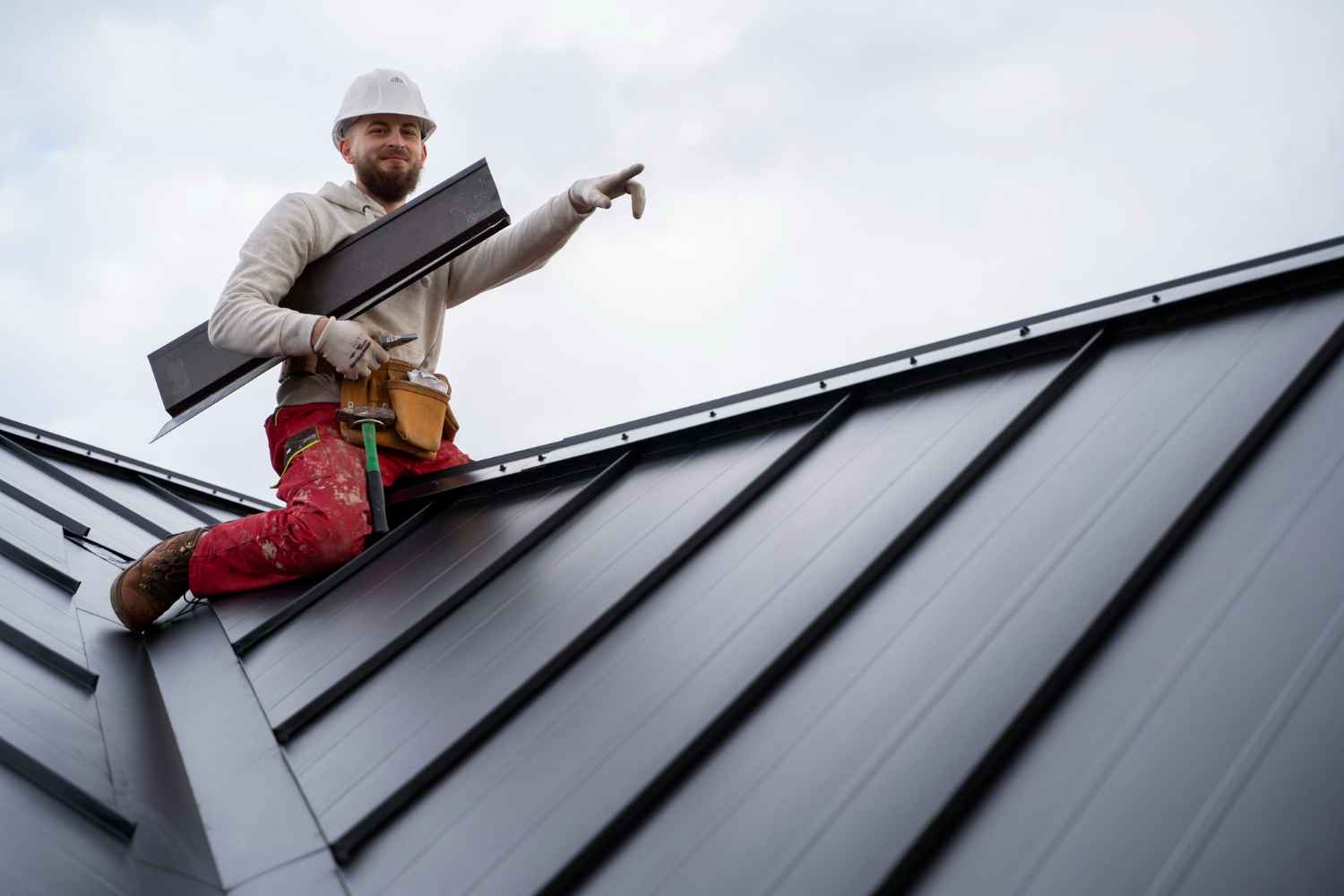A single-ply roofing system is a low-slope roofing system that uses wide-width sheeting to reduce the number of seams needed to cover the area. The single-ply roof is unlike the usual asphaltic rolled roofing that doesn’t require hazardous torches or hot asphalt for installation, and it’s safer and faster.
They also feature prefabricated accessories studded on them, to simplify the process and give them a more seamless finish. Single-ply roofing is best for these applications, as commercial buildings and other structures require a durable, low-maintenance covering.
What Kind of Single Ply Roofing is there?
Single-ply roofing systems are categorised into two main types: Thermoset and Thermoplastic. However, there are more options for every material that serves other purposes.
Thermoset Membranes
Thermoset Membranes are single-ply roofing membranes made from synthetic rubber compounds. They are durable, UV resistant, and flexible enough to work with buildings in broad climates.
These membranes are big sheets, and the potential for leaks and seams is minimised. Here’s a closer look at the key types of thermoset membranes:
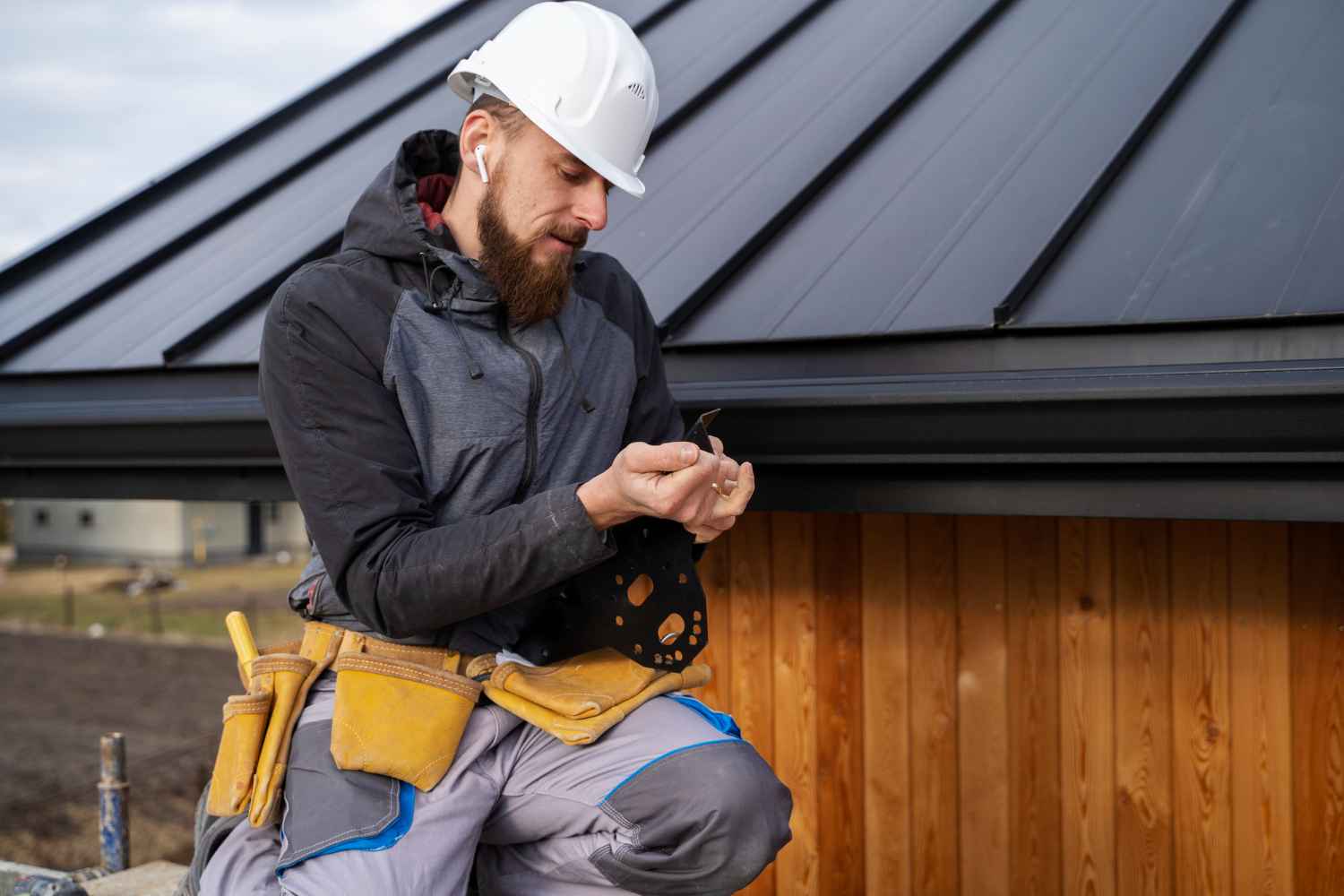
1. Ethylene Propylene Diene Monomer (EPDM)
- Composition: The synthetic rubber used to make it is EPDM.
- Colour: Though some manufacturers offer white options for better energy efficiency, they are typically black.
- Durability: Ozone and UV rays and extreme weather conditions resistant.
- Flexibility: It’s flexible enough even in cold temperatures to reduce the chance of cracking.
- Installation: Available as sheets, large, adhered, or mechanically fastened, with the seams joined with adhesives.
- Ideal Use: Inflexible, stiffer than PE stretch film, with no UV resistance, best for regions with fluctuating temperatures.
2. Chlorosulfonated Polyethylene (CSPE)
- Composition: Chlorosulfonated polyethylene synthetic rubber material.
- Colour: It is generally light-coloured, adding to its UV resistance and efficiency in energy use.
- Durability: Good weathering properties and good resistance to chemicals.
- Seam Integrity: It tends to be heat-welded in seams for a strong bond.
- Application: Less common these days but used successfully in areas with chemicals or extreme environments.
3. Neoprene
- Composition: Made from chloroprene rubber.
- Resilience: Good chemical resistance, particularly with oil and grease.
- Weather Resistance: Good weathering properties, but requires protective coatings to enhance durability in UV light exposed environments.
- Use Cases: Used in industrial areas, especially where exposure to oils or chemicals is normal.
Generally, thermoset membranes, such as EPDM, are well-established in commercial roofing due to a long history of reliability and performance in all types of weather.
Thermoplastic Membranes
Thermoplastics are roofing membranes of single-ply plastic polymers that become soft when heated for single-ply roofing systems. This means it can be welded by hot air, making strong, watertight bonds, which increases durability and leak resistance.
Commercial roofing widely uses thermoset membranes such as EPDM due to their longevity, flexibility, and weather resistance.
1. TPO (Thermoplastic Polyolefin)
- Composition: It consists of an ethylene-propylene rubber blend with polypropylene.
- Colour: White or light-coloured that reflects light and saves on cooling costs.
- Durability: Ozone, chemical-resistant, and very resistant to UV rays.
- Seam Integrity: They are heat welded, creating strength and watertight protection and seams.
- Ideal Use: Energy-efficient properties make it great for high sun exposure areas. Facilities needing chemical resistance use it, too.
2. PVC (Polyvinyl Chloride)
- Composition: Chemical resistance, flexible, durable plastic.
- Colour: White or other light colours are available for solar reflectivity, but darker varieties are available.
- Durability: Oil, grease, and hydrocarbon fluid resistance.
- Seam Integrity: It is sealed with heat-welded seams.
- Ideal Use: It is often chosen for restaurants where chemical or grease resistance is important.
3. KEE (Ketone Ethylene Ester)
- Composition: PVC type with a ketone ethylene ester modifier is high-performance.
- Colour: Maintaining PVC’s energy efficiency benefits, PVC is often white or light-coloured.
- Durability: Flexible at low temperatures and high resistance to UV and chemicals.
- Seam Integrity: They also use heat-welded seams for long-life strength.
- Ideal Use: In areas with rough weather or on roofs where the gamma property is needed, like in industrial or commercial builds.
Versatile and durable thermoplastic membranes are ideal for use on commercial roofs, and for commercial ones, this durability is becoming a priority for energy efficiency.
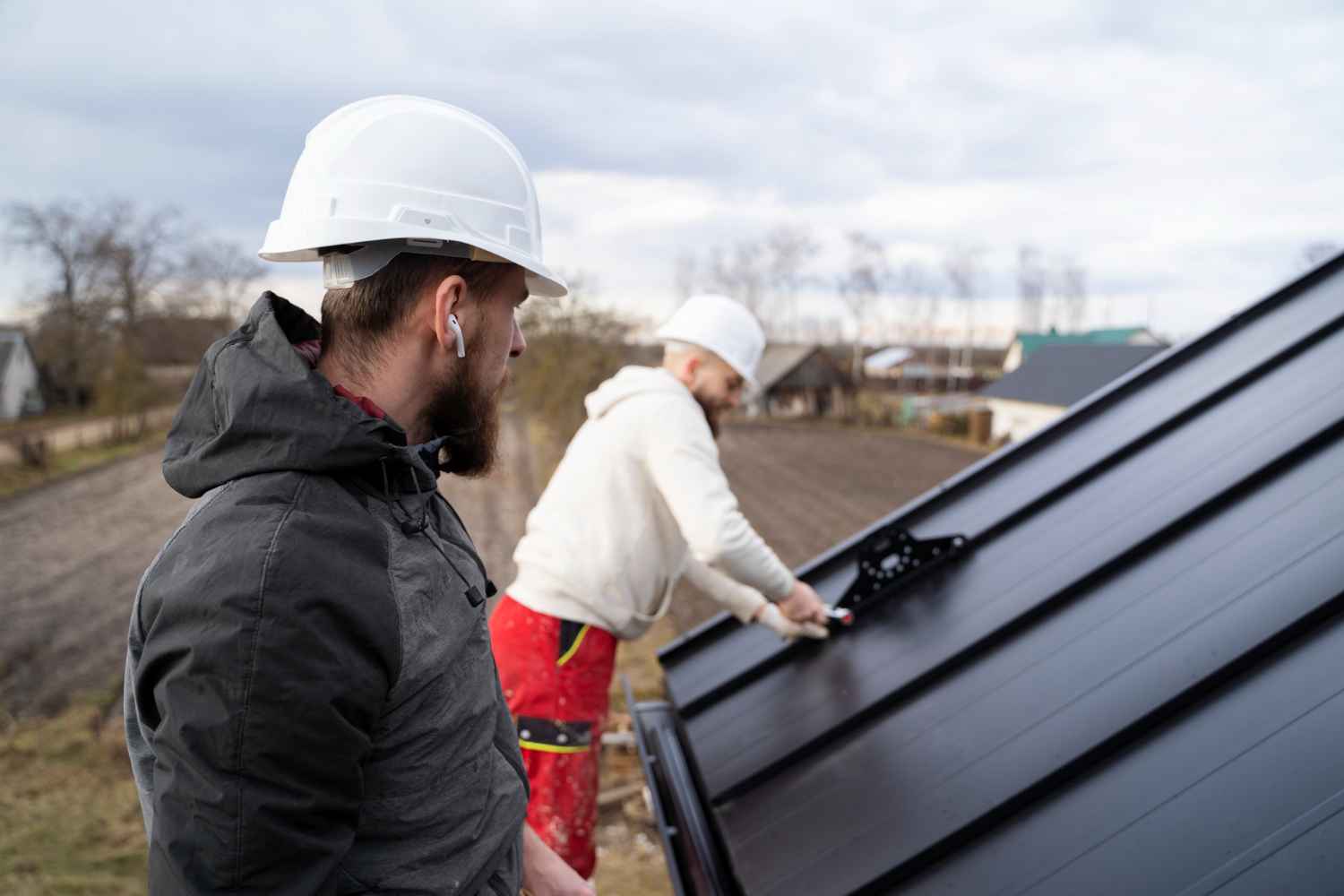
Exploring Single-Ply Roofing Systems and Their Unique Advantages
1. Ballasted Systems
Your heavy lifter of roofing, think of it that way. Ballasted systems, in which a layer of gravel or pavers provides leverage for maintaining the membrane, do not require adhesives or mechanical fasteners.
It’s a doddle to install, particularly on large, open rooftops. This method, however, is as simple as you can get, cutting down on time but also great with drainage, which can prevent water from pooling.
2. Mechanically Fastened Systems
You should gravitate toward mechanically fastened systems if you want something lightweight and easy to maintain. The attached membrane directly to the roof deck with mechanical fasteners provides a major upgrade to ballasted systems. It has robust attachments and can handle different wind conditions while being installed faster.
3. Fully Adhered Systems
This makes fully adhered systems a clear standout for those living in high-elevation or high-wind areas. Highly adhesive links the membrane to the substrate, improving mechanical robustness and uplift protection.
This strong connection works as peace of mind and increases energy efficiency by reducing air leakage, making it a smart choice for energy-conscious projects.
4. Metal Retrofit Systems
Metal retrofit systems are used as your metal roof ages. This unique method ensures that no costly removal of worn-out roofs is required.
It also increases insulation and reduces energy costs while extending the life of the current structure. It is an efficient and eco-friendly solution that minimises waste and downtime.
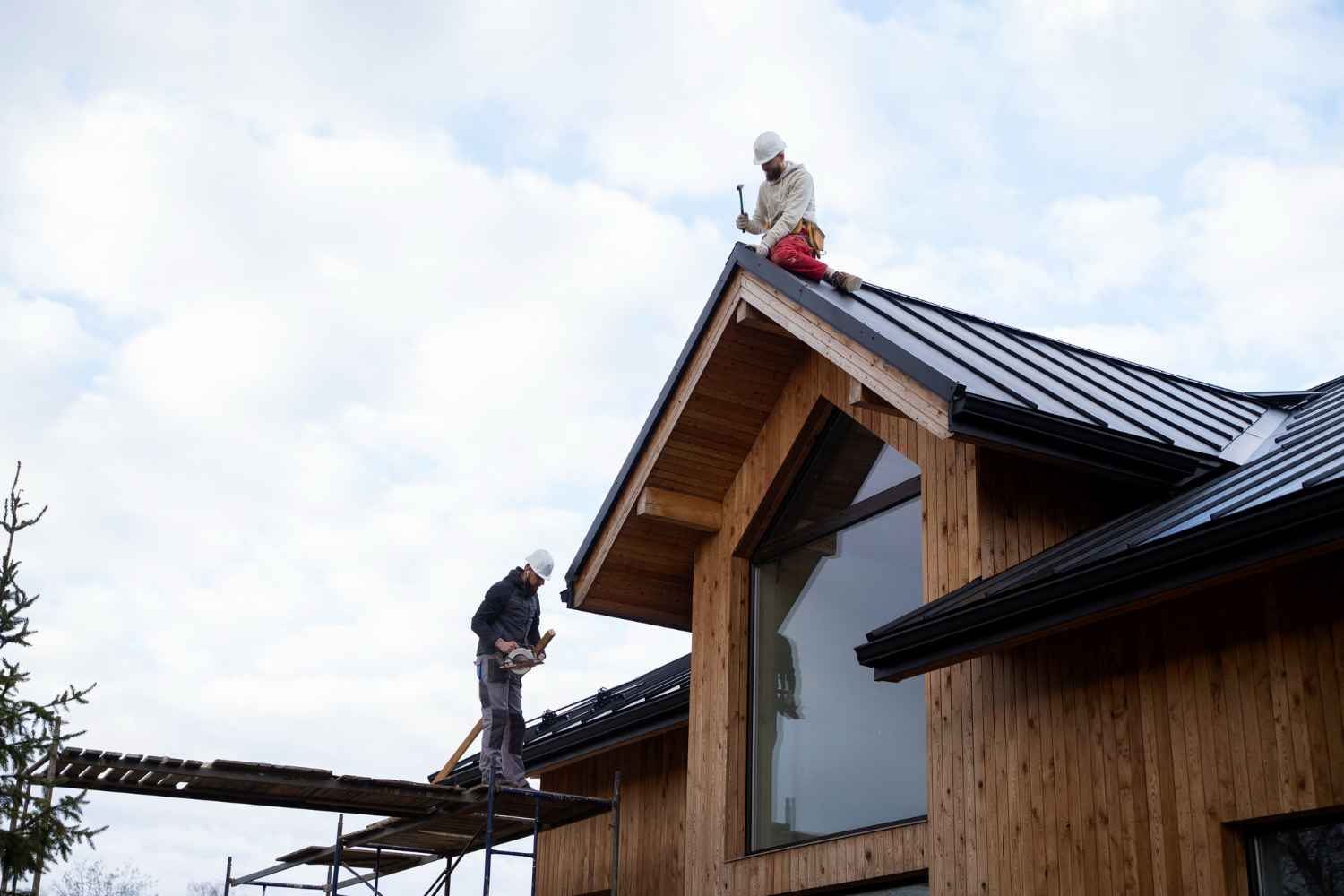
Key Benefits of Single-Ply Roofing
- Durability: Single-ply roofing is designed to withstand the harshest weather conditions and should last between 20 years or more with proper maintenance.
- Fewer Seams: A significant reduction of seams and associated potential leak points is achieved with wide-width sheets.
- Energy Efficiency: In warmer climates, a single-ply with many options, especially TPO and PVC, often has a reflective surface that helps lower energy costs due to heat absorption.
- Low Maintenance: Typically, these roofing systems require less upkeep than traditional roofing, allowing for quick repairs and minimal disruption.
- Chemical Resistance: PVC thermoplastic membranes are highly resistant to chemicals and oils, satisfying commercial houses such as restaurants and industrial plants.
Versatile Applications of Single-Ply Roofing
Single Ply Roofing Systems are versatile variations suited for many applications. Here are some common uses:
- Retrofitting Existing Roofs: Perfect for upgrading older roofing materials; install over existing roofs for the extra lifespan without replacing the roof.
- Industrial Facilities: Perfect chemical resistant, they are ideal for manufacturing plants and warehouses with durability and flying in the face of oils and chemicals.
- Commercial Buildings: Time is proven as it is a widely used roofing solution in office complexes, retail spaces, etc.
- Residential Flat Roofs: Applicable for modern flat or low slope roofs to enhance modern aesthetics and energy efficiency.
- Institutional Buildings: Energy-saving properties like this benefit schools, hospitals, and government facilities and will lead to reduced operational costs.
- Green Roof Systems: It acts as a waterproof layer, contributing to green roofing, supporting vegetation, and preventing leaks when integrated with green roofing.
- Roof Gardens and Outdoor Spaces: Ideal for roof gardens and terraces, an ideal waterproof barrier to enhance functionality and aesthetics.
Cost of Single-Ply Roofing in the UK and Its Factors
The cost of installing single-ply roofing in the UK varies based on several factors. Here’s a breakdown:
Average Cost per Square Meter
- EPDM (Ethylene Propylene Diene Monomer): Typical cost per m², including materials and installation, was between £50 and £80.
- TPO (Thermoplastic Polyolefin): Reflective in its nature and energy efficient, it costs about £70 – £100 per m².
- PVC (Polyvinyl Chloride): Chemical resistant, of good durability, and about £80 to £120 per m².
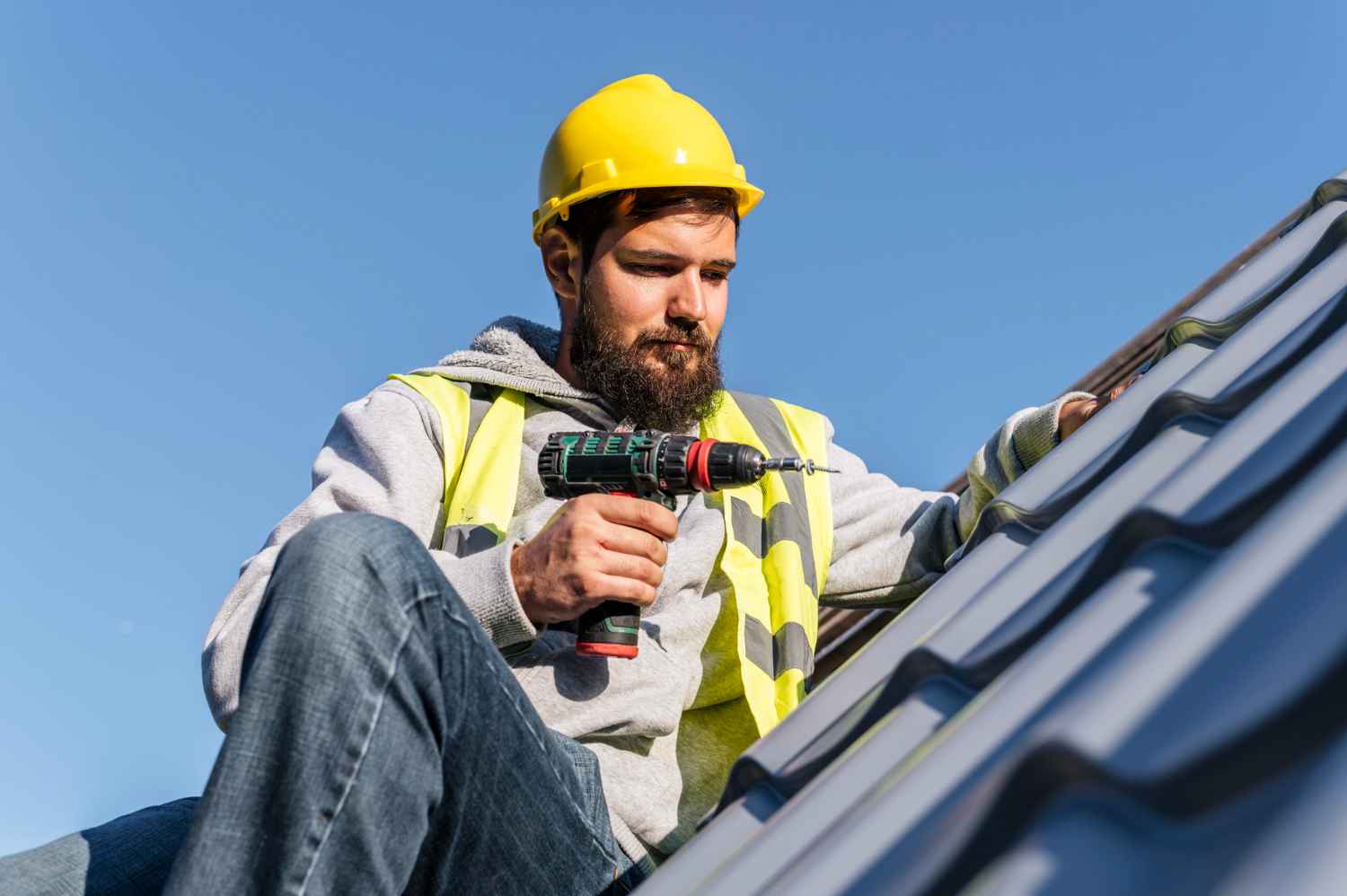
Factors that affect the cost of Single Ply Roofing in the UK
- Roof Size and Complexity: Economies of scale may bring costs per m² down in larger or more complex roofs, but increased complexity brings labour costs up.
- Material Choice: PVC, TPO, and EPDM are both available, but EPDM is usually the least expensive.
- Installation Method:
- Mechanically Fastened: Profoundly more cost-effective with quicker installation.
- Fully Adhered: Adhesive costs and labour costs are higher.
- Labour Rates: Intrinsically, they’re always going to be more expensive ‘in the real world’ than anywhere else, but costs will vary regionally, with London and the South East generally being more expensive than elsewhere.
- Roof Accessibility: These will cost more as you must use extra equipment to get to hard-to-reach areas.
- Additional Features: It will cost more than insulation, skylights, or green roofs.
Choose Surrey Roofing Specialists for Quality Services
Single-ply roofing is also long-lasting, energy-efficient, and very versatile. Surrey Roofing Specialists are the ones you should go to if you are looking for certified roofing contractors.
Our experienced professionals are committed to working with you to ensure you get a high-quality roofing solution that meets all your roofing needs. If you need help, please get in touch with us today!

